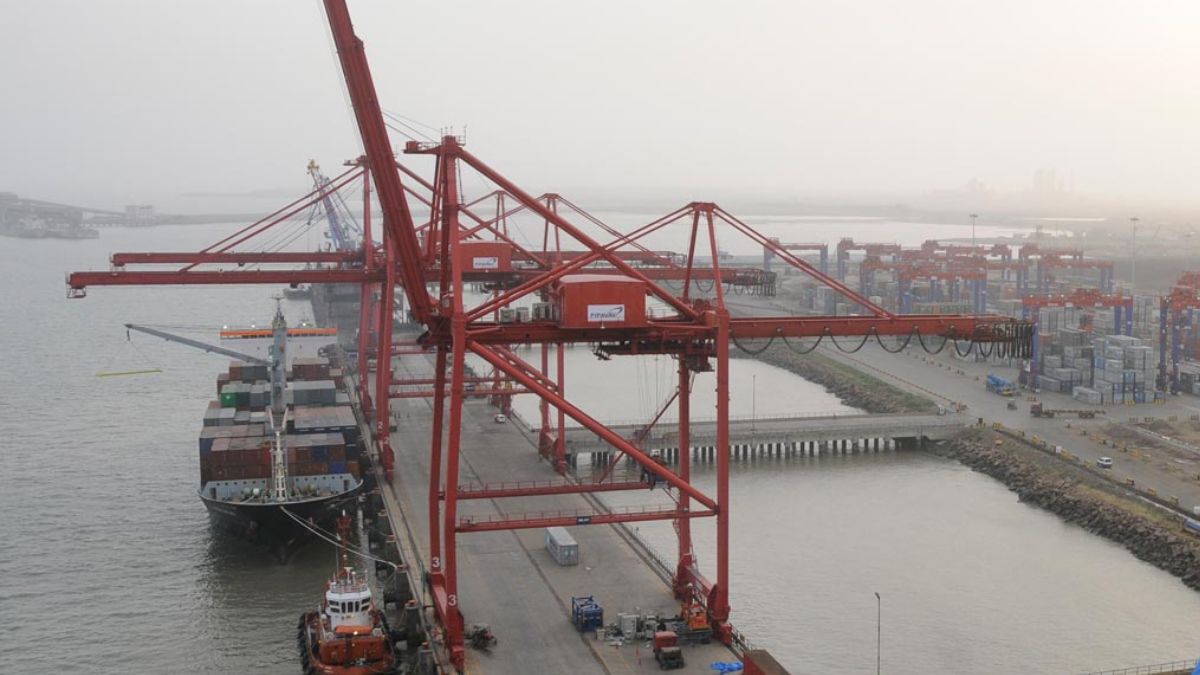The 80/20 rule in India’s ports: Maritime data reveals more
 Bedi Port under the Gujarat Maritime Board | GMB
Bedi Port under the Gujarat Maritime Board | GMB
The official Ports data in the past fiscal year from the Union Ministry of Ports, Shipping, and Waterways revealed some interesting insights.
A tiny fraction of ports and administrative boards handles the vast majority of India’s maritime trade—almost as if it followed the 80/20 rule.
Among the nation’s 12 Major Ports as of the assessment period, the top five handled a staggering 63.73 per cent of all cargo for the fiscal year April-March 2024-25.
These dominant players were Paradip Port, Deendayal Port, Jawaharlal Nehru Port, Vizag Port, and Mumbai Port.
The concentration was even more extreme among the Non-Major ports. Here, the top five State Maritime Boards or Directorates of Ports handled an astonishing 97.99 per cent of the total cargo for the same period.
But there was a single dominant player, the Gujarat Maritime Board (GMB), which alone accounted for 65.95 per cent of all cargo handled by non-major ports in the 2024-25 fiscal year.
What this means
On one hand, the data pointed to the result of scale and specialised infrastructure in maritime. On the other hand, it underlined the need for addressing the gaps in the national supply chain.
Perhaps this is why Union Minister Sarbananda Sonowal recently doubled down on localised development.
Decoding cargo vs ports
In India, overseas cargo emerged as the primary driver of traffic, making up 77.06 per cent of cargo at Major Ports and 81.75 per cent at Non-Major Ports.
But if you looked closely, during FY 2024-25, coastal cargo traffic at India’s 12 Major Ports grew by 2.56 per cent while that at Non-Major Ports decreased by 4.82 per cent.
So, domestic shipping networks connected to the nation’s largest maritime hubs expanded. But it also ran the risk of marginalising smaller ports and the economy that surrounded them.
India’s maritime sector is in a growth trajectory. This also means that it is a state of constant flux. The key data from the Ministry will serve as reference points as the MoPSW increases infrastructure across India’s maritime ecosystem. If that works, this 80/20 distribution is expected to come down, giving our shipping and ports industry better room to breathe as it grows.
Maritime